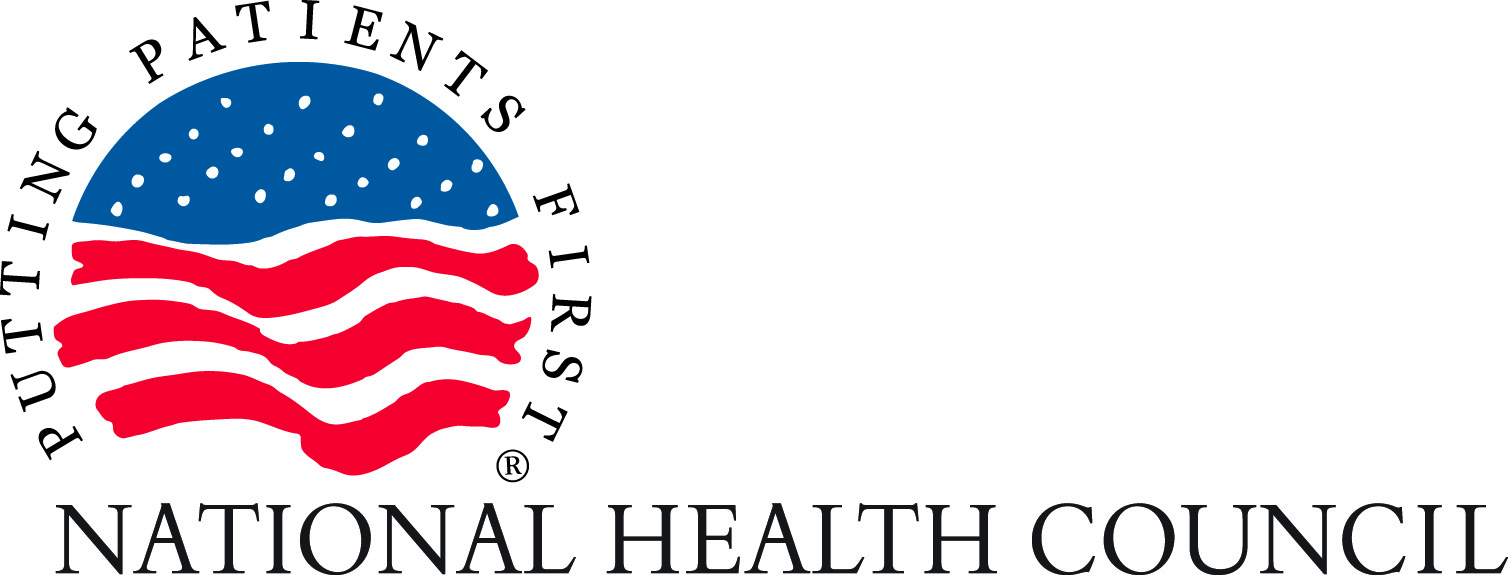The National Health Council Rubric to Capture the Patient Voice: A Guide to Incorporating the Patient Voice into the Health Ecosystem
The purpose of the National Health Council (NHC) Rubric to Capture the Patient Voice (Rubric) is to provide a tool the patient community or any other health care stakeholder can use to evaluate attributes of patient centeredness and to guide them on meaningful patient engagement throughout any activity they might undertake. It is broadly applicable and more general in scope as compared to prior patient-engagement rubrics. The Rubric is not intended to replace other patient engagement/centricity rubrics and guides that promote patient centricity in specific applications (e.g., the Patient Engagement Quality Guidance, which is intended to guide patient-centricity in medical product development).
Rubric development was undertaken by the NHC Rubric Committee to Capture the Patient Voice. The Committee met in February 2019 to evaluate past rubrics, consider the core domains of patient centeredness, and identify examples and up-front materials needed. The draft Rubric was initially sent to the Committee for feedback, revised, and then was opened for a 3-week public comment period. The Rubric includes level-setting definitions and two main sections:
- Section I: Meaningful Patient Engagement Processes. This section outlines characteristics of direct, meaningful patient engagement.
- Section II. General Patient-Centeredness Considerations. This section focuses on approaches that enhance patient centeredness throughout an activity but are not direct patient engagement.
The domains of patient centeredness include:
- Patient Partnership
- Transparency
- Representativeness
- Diversity
- Outcomes Patients Care About
- Patient-Centered Data Sources and Methods
- Timeliness
To provide a prospective user with a practical tool, we include, for each characteristic, examples of what “meaningful” activities look like, as well as examples of what insufficient activities might look like. For example, for the Meaningful Patient Engagement Process component, in the Patient Partnership domain, a characteristic is that patients are recognized as partners.

We envision that the Rubric will be broadly useful across a range of activities, including research; medical-product development, including biopharmaceuticals, devices, and diagnostics; health care delivery and shared decision making; value assessment; real-world data analyses; evidence generation; scientific exchange and communication; and health policy. This Rubric can serve as a general blueprint in a wide range of circumstances where patient centricity is desired.
Watch the webinar on the Patient Engagement Rubric here.
